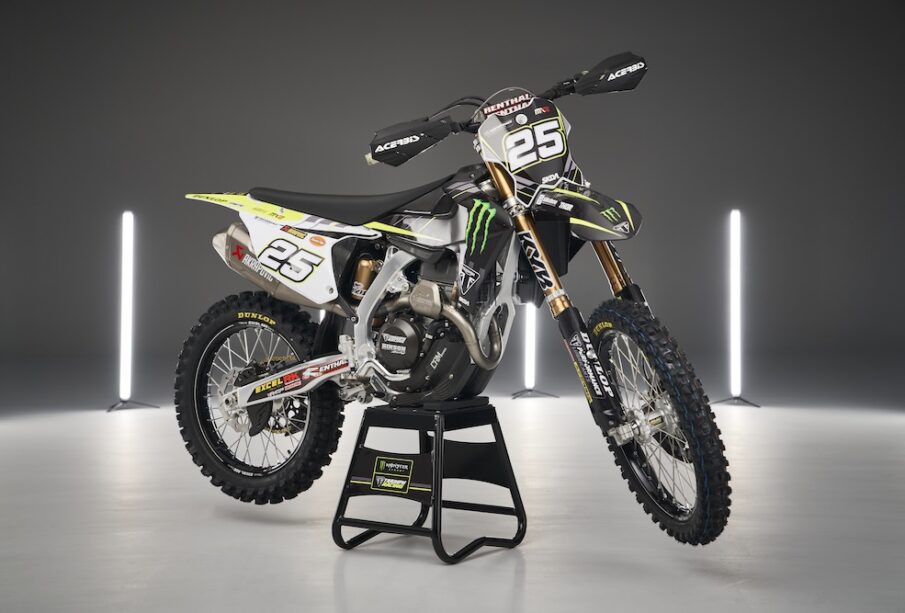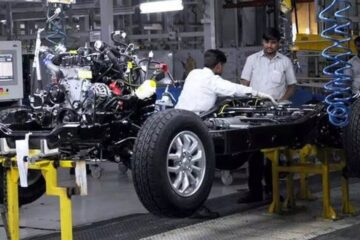Dirt Bike Pricing Guide: What You Need to Know Before Buying (2025 Edition)

Whether you’re new to off-road riding or a seasoned pro looking for an upgrade, buying a dirt bike is an exciting step. But with countless brands, models, and specifications, pricing can get confusing fast. This comprehensive 2025 dirt bike pricing guide breaks everything down — from the cost of entry-level models to high-performance machines and everything in between.
We’ll cover:
- The factors that affect dirt bike prices
- Price breakdown by category (beginner, intermediate, pro, electric, used)
- Hidden costs to consider
- Tips for finding the best deal
- Key takeaways for buyers in 2025
- Let’s dive into the dirt (literally and financially).
What Affects the Price of a Dirt Bike?
Before looking at the numbers, it’s important to understand why dirt bikes vary so much in price. Here are the top factors:
1. Engine Size (cc)
The engine displacement (measured in cubic centimeters or cc) directly affects performance and price. More cc typically means more power, speed, and cost.
- 50cc–125cc: Beginner-level bikes
- 150cc–250cc: Intermediate riders
- 300cc and up: Advanced/pro riders
2. Two-Stroke vs. Four-Stroke
- Two-stroke engines are lighter, more affordable, and easier to maintain.
- Four-stroke engines are smoother and offer more torque, but they’re heavier and more expensive.
3. Brand
Top-tier brands like KTM, Honda, Yamaha, Husqvarna, and Kawasaki often come at a premium. Chinese brands or budget alternatives can save you money but may sacrifice build quality or parts availability.
4. New vs. Used
A brand-new dirt bike will always cost more, but with proper inspection, used bikes can be an incredible value.
5. Electric vs. Gas
Electric dirt bikes are gaining popularity in 2025. While they’re quieter and eco-friendly, they tend to be more expensive upfront but cheaper in the long run.
Dirt Bike Pricing by Category
Let’s break down pricing into several rider categories. These are average prices in 2025 based on MSRP and recent sales data.
1. Beginner Dirt Bikes ($1,000 – $4,000)
These bikes are perfect for kids, teens, or adults just getting started. Expect smaller engines (50cc–125cc), lower seat heights, and softer suspensions.
| Brand | Model | Engine | Price |
| Honda | CRF50F | 50cc, 4-stroke | $1,799 |
| Yamaha | TT-R110E | 110cc, 4-stroke | $2,449 |
| SSR Motorsports | SR125 | 125cc, 4-stroke | $1,399 |
| KTM | 65 SX | 65cc, 2-stroke | $5,649 |
Note: Prices vary slightly depending on the dealer and region.
2. Intermediate Dirt Bikes ($4,000 – $8,000)
Designed for weekend warriors and experienced trail riders. These offer more power and better components without the full-blown race cost.
| Brand | Model | Engine | Price |
| Kawasaki | KLX230R | 233cc, 4-stroke | $4,749 |
| Yamaha | YZ125 | 125cc, 2-stroke | $6,999 |
| Honda | CRF250F | 250cc, 4-stroke | $4,999 |
| GasGas | MC 125 | 125cc, 2-stroke | $6,299 |
3. Pro-Level Dirt Bikes ($8,000 – $12,500)
These are competition-grade bikes built for motocross and enduro racing. They feature lightweight frames, high-end suspension, and precise throttle response.
| Brand | Model | Engine | Price |
| KTM | 250 SX-F | 250cc, 4-stroke | $10,199 |
| Husqvarna | FC 450 | 450cc, 4-stroke | $11,199 |
| Yamaha | YZ450F | 450cc, 4-stroke | $10,199 |
| Honda | CRF450RWE (Works Edition) | 450cc, 4-stroke | $12,499 |
4. Electric Dirt Bikes ($2,500 – $13,000)
Electric dirt bikes are quickly closing the performance gap with gas-powered bikes. They’re nearly silent, require less maintenance, and are ideal for riders in noise-sensitive areas.
| Brand | Model | Motor | Price |
| Sur-Ron | Light Bee X | 6kW | $4,400 |
| Segway | X260 | 6.7kW | $4,999 |
| KTM | Freeride E-XC | 18kW | $11,299 |
| Stark | VARG | Up to 80hp | Starting at $12,900 |
What About Used Dirt Bikes?
Buying used can save you anywhere from 20% to 50%, depending on the condition and model year. Here’s a rough guideline:
- 1–2 years old: 10–20% off MSRP
- 3–5 years old: 30–40% off MSRP
- 5+ years old: 50%+ off, but expect more wear and needed repairs
Tip: Check for bent bars, rust, oil leaks, chain condition, and any suspicious welds. Always ask for maintenance records if available.
Hidden Costs to Consider
1. Gear
Don’t ride without gear. A basic safety setup can cost $500–$1,000.
- Helmet: $150–$400
- Boots: $200–$400
- Chest Protector: $100–$300
- Gloves/Goggles: $50–$100
- Pants/Jersey: $100–$300
2. Maintenance & Repairs
Regular oil changes, air filter replacements, chain lube, and brake pads are all recurring costs.
Expect to spend:
- $300–$700 per year for casual riders
- $1,000+ if you ride hard or race
3. Upgrades
Want better grips, suspension tuning, or an aftermarket pipe? Budget $500–$2,000 for modifications, depending on your goals.
4. Transport
You’ll need a way to haul your bike. That could mean:
- Dirt bike carrier: $200–$500
- Trailer: $800–$2,000
- Pickup truck: $$$$
Tips for Finding the Best Deal
1. Shop Off-Season
Prices tend to dip during fall and winter when riding slows down. Dealers may also offer year-end discounts.
2. Check Multiple Sources
Compare local dealers, online platforms (CycleTrader, Craigslist, Facebook Marketplace), and auction sites.
3. Negotiate
Most dealers have some wiggle room — especially on last year’s models.
4. Look for Leftovers
New old stock (NOS) models that didn’t sell last season can sometimes be found brand-new at a discount.
5. Don’t Skip the Test Ride
If you’re buying used, always test the brakes, clutch, suspension, and throttle response.
2025 Trends in Dirt Bike Pricing
A few things to keep in mind this year:
- Electric bikes are becoming more mainstream, which may slowly drive down prices as competition increases.
- Parts shortages from overseas manufacturers are still affecting availability and prices on some models.
- Used bike prices are stabilizing after COVID-era inflation, but good-condition bikes still hold their value.
Final Thoughts
Dirt bikes can range from a $1,000 beginner machine to a $13,000 electric powerhouse. Your ideal budget depends on your skill level, riding goals, and how much time you plan to spend on the trails or track.
If you’re a beginner, don’t overbuy — you can always upgrade later. For intermediate and pro riders, think long-term: a slightly more expensive bike that’s well-maintained may save you more in repairs down the road.
Whatever your budget, there’s a dirt bike out there ready to rip.














